MusicRadar Verdict
The Opsix SE is the closest you’ll get to a modern DX7, but not an essential upgrade compared to the impressive original. Meanwhile, the extra voices and keyboard are great on the Wavestate SE, but possibly not enough to justify the inflated price.
Pros
- +
Solid build... and a hard case included.
- +
Wavestate has a huge 4GB library of available sounds.
- +
Opsix puts an approachable and flexible spin on FM.
Cons
- -
Tiny screens seem like a waste of space.
- -
Expensive, even considering the hard case.
- -
Other than physical size, not much of an upgrade from the original versions.
MusicRadar's got your back
Korg Opsix SE and Wavestate SE: What is it?
First teased in 2021, Korg’s premium versions of their 37-key Wavestate and Opsix synths have finally debuted in two new, 61-key ‘SE’ (Special Edition) versions. Eschewing the predominantly plastic build of their lightweight predecessors, both SE synths feel incredibly solid and well put together.
From their aluminium casings to the screwed-on steel endplates, these are clearly instruments built for serious touring. As if to encourage this idea, Korg has taken the somewhat unique step of shipping the SE versions in a classy leatherette-bound hard case.
Much more physically imposing than the smaller versions, the SE keybeds also feel nicer, with channel aftertouch that can be used as a modulation source. Key travel is fairly shallow, with a premium-feeling, lightly-sprung synth action. It’s easy to play, and you don’t have to lean into the aftertouch too hard to produce an effect.
Both SE synths have increased their voice count up to 120 voices, which makes sense as you can now use both hands at once to play them. However, Korg seems to have merely transplanted the control layout directly across from the smaller synths, and with all that empty space on the dash, some might see this as a wasted opportunity, particularly in terms of screen size.
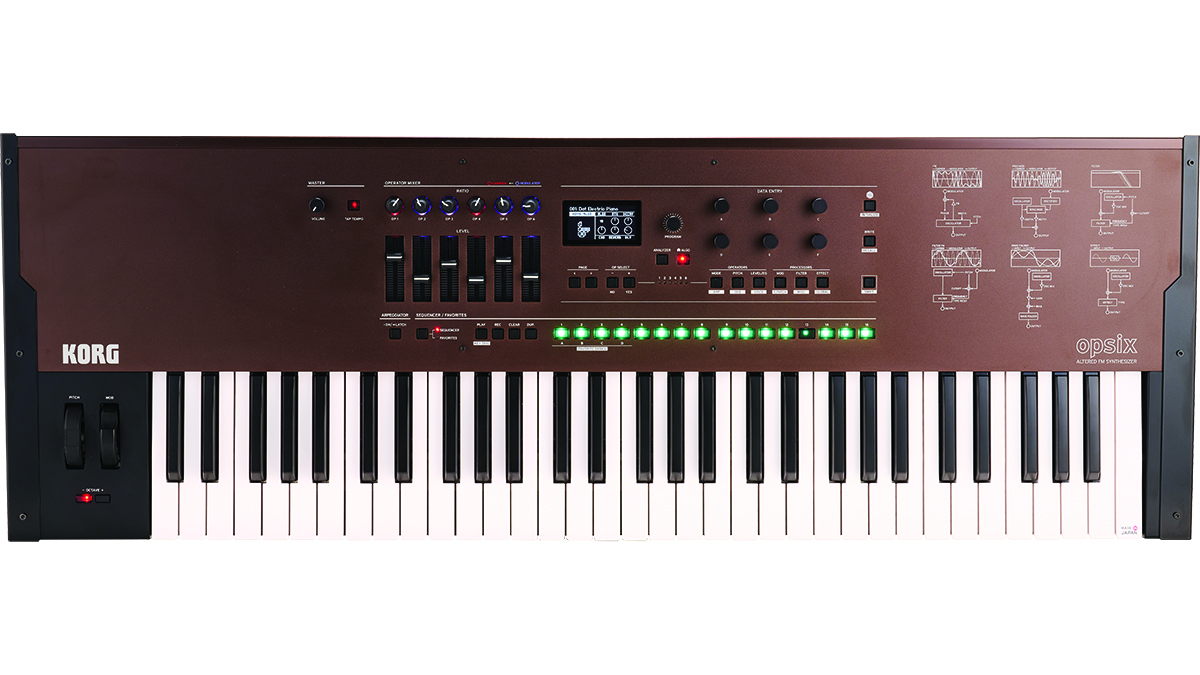
Korg Opsix SE: Performance and verdict
Opsix SE is a six-operator digital FM synth that, in a nod to the erstwhile king of FM synths – 1983’s Yamaha DX7 – has been given a striking dark metallic brown paint job with green accents, right down to the algorithm diagrams screen-printed on the front.
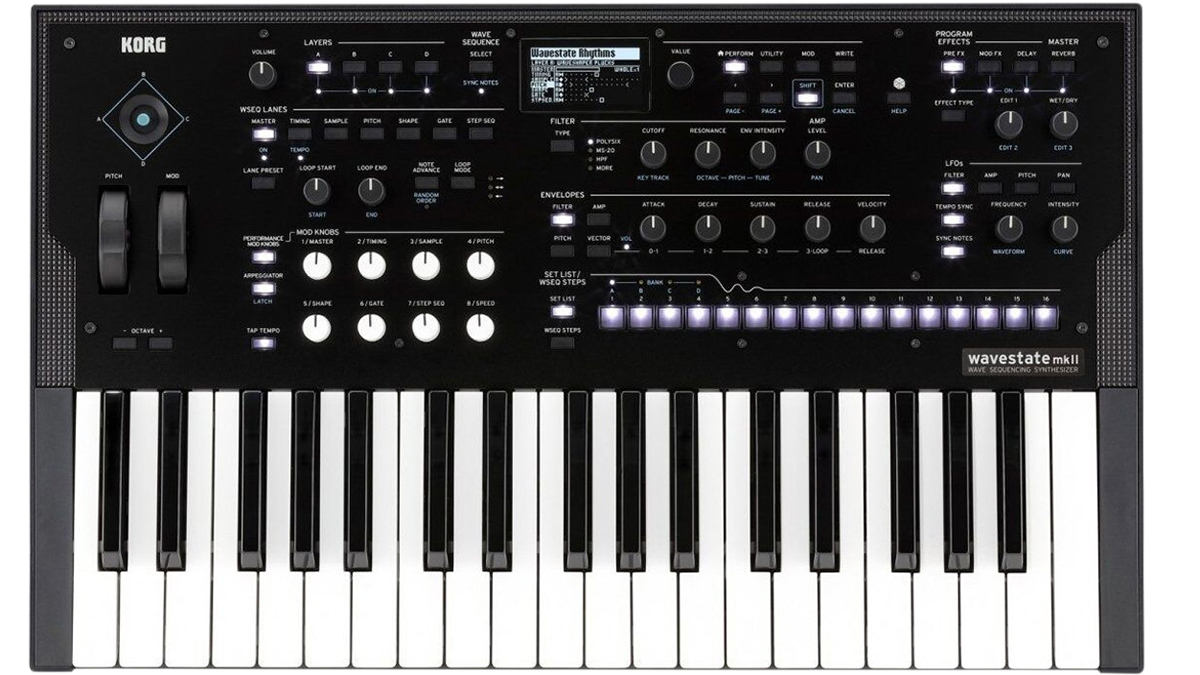
• Korg Opsix/Wavestate
If you don’t need the five-octave keyboard and increased voice count, you can save some serious wonga by plumping for the regular, 3-octave Opsix or MK2 Wavestate versions.
• Korg Opsix/Wavestate Native Plugins
Or save even more cash by opting for the native software versions for your Mac or PC.
• ASM HydraSynth
An exciting modern polysynth, one of the few on the market with polyphonic aftertouch and a CV/Gate interface, albeit with only four octaves.
FM synthesis in a nutshell is a way of using one oscillator – or operator in FM-speak – to modulate the frequency of another. The modulating operator is known – shockingly – as the modulator, while the operator being modulated is known as the carrier.
The Opsix, like the DX7 before it, has six operators, which is where the synth gets its name. The six operators are arranged in pre-configured layouts called algorithms, of which there are 40 to choose from. Each algorithm dictates how the operators are linked together and specifies which are carriers and which are modulators. Crucially, the only operators that we hear are the carriers – the modulators themselves are only modulation sources and aren’t usually connected directly to the audio output.
The Opsix SE’s interface handles this concept in a pretty clever way, with a mixer section that features individual hardware sliders and knobs for each of the six operators’ level and ratio controls. Clever use of colour coding means that you can tell at a glance which is which – carriers are illuminated with red LEDs, and modulators are purple. For carriers, the level fader controls volume, while modulator faders control modulation depth, giving you instant hands-on control over the makeup of the sound at operator level – exactly the kind of intuitive, hands-on hardware control that the DX7 lacked.
The small, high-contrast OLED display conveys a reasonable amount of information in a small space – for instance, each operator in the onscreen algorithm diagram is numbered not with numerals, but with spots as if they were faces of a die, making it easy to see which operator you’re targeting. There are dedicated buttons to select the operators for editing, and just so you don’t get lost, six tiny numbered LEDs also light up red to indicate the currently selected operator.
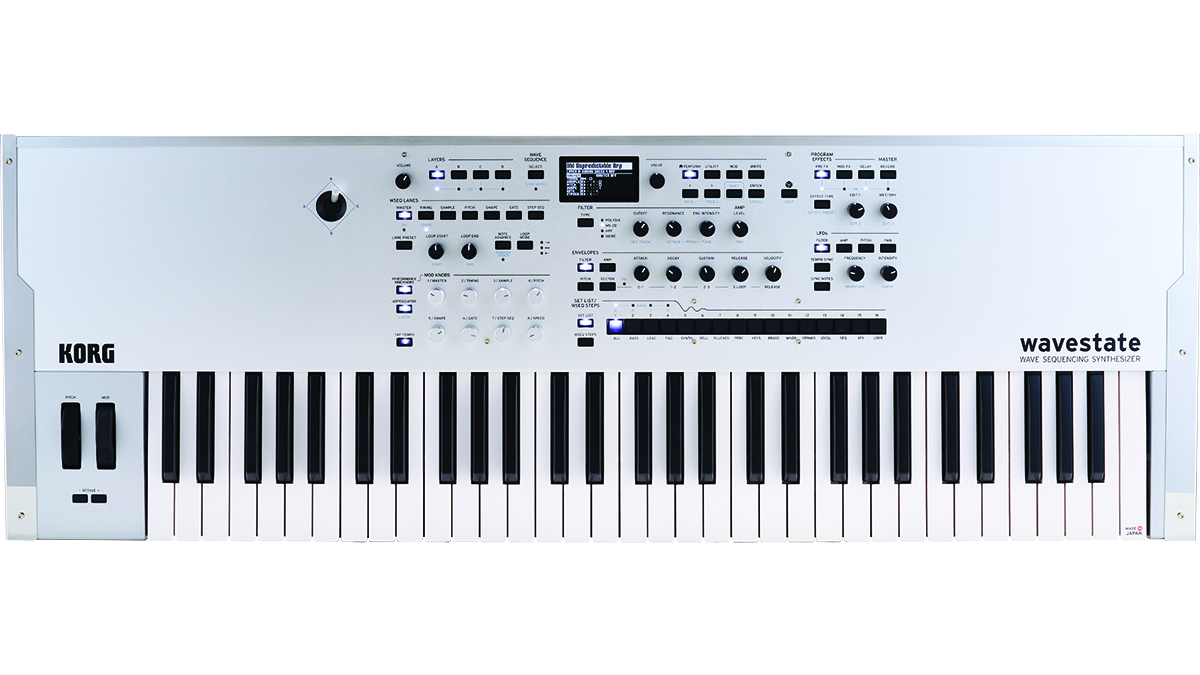
Korg Wavestate SE: Performance and verdict
It’s been three long years since the arrival of the original version of Korg’s innovative Wavestate Wave Sequencing synth. 2023 sees a new, Mark 2 version of the smaller synth launched alongside this new, larger five-octave SE version. The updated voice count of 120 voices from the original Wavestate’s 64 and the Mk2’s 96 allows you to avoid any note-stealing when using more complex wave sequencing patches that involve higher unison values. The SE also boasts optimised performances that support the synth’s aftertouch-equipped 61-note keyboard.
Wavestate uses an updated form of the original Wavestation’s wave sequencing. All about creating evolving and expressive sounds, wave sequencing is based on the principle of wavetable synthesis, which involves a collection or ‘wavetable’ of short snippets of audio. In traditional wavetable synthesis, these waveforms are cycled through, creating repetitive and cyclic sounds, but what if the sounds could evolve in organic and unexpected ways, instead of just repeating?
The Wave Sequencing 2.0 technology found in the Wavestate SE allows you to create complex sequences, made up of steps that each contain a different waveform from the wavetable. It works by means of a set of lanes, similar to automation lanes in a DAW, each of which controls a different aspect of the steps in the sequence, for instance timing, sample, pitch, shape and gate length.
Each lane can contain a different number of steps, and start, end and loop points, which can be modulated individually on a per-note basis using velocity, LFOs, envelopes, Mod Processor knobs, or other controllers, and every time the sequence takes a step forward, the individual Lanes combine to create the output sound. For instance, a sample could be matched with a different duration, pitch, shape, gate length, and step sequence value every time it plays.

Extra special
You can pick up an Opsix SE or a Wavestate SE in one of two finishes – the standard Wavestate SE has a matt black aluminium body with gloss black steel endplates, while the slightly more expensive, limited-edition Platinum versions sport a silver-coloured casing with shiny stainless steel endplates.
We had the Wavestate SE Platinum version sent out for our review and it’s a very smart-looking instrument indeed, literally reflecting the silver-coloured Korg livery that extends way back into the ’90s with machines like Triton and Oasys.
Whichever finish you choose, many, but not all, of the rotary encoders are finished in metal (some are plastic), and the overall first impression is that of a really solid instrument built for serious road and studio use.
A lot of the presets are very typically Korg-sounding – if you ever used a ’90s Wavestation, the phrase ‘Mr Terminator’ will spring immediately to mind. That’s not to say that the sounds are in any way outdated – far from it, in fact. It’s always a good measure of a synth if you can dial up a preset that inspires you to come up with something you’ve never played before, and that happened a lot when testing the Wavestate SE.
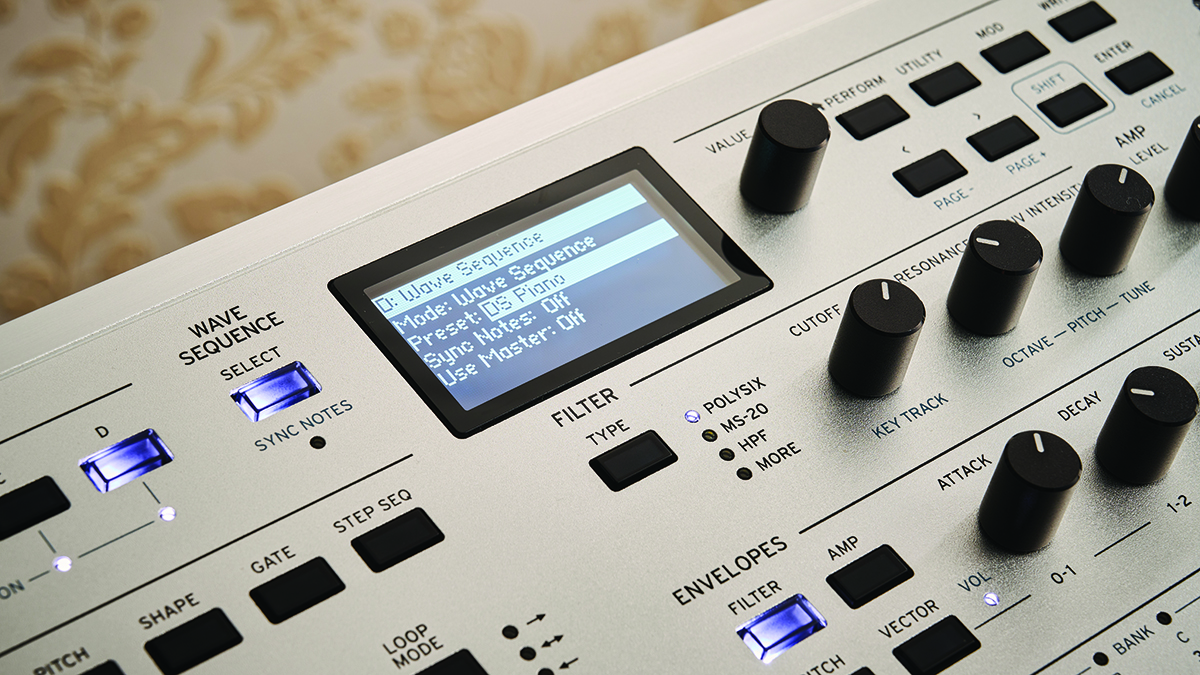
The architecture of the synth is straightforward enough – waves can be sequenced to make a patch, and up to four patches can be layered together to make a performance. You can mix the individual voices of the four layers together in real time at any point using the vector joystick, which is placed rather oddly quite a distance from the pitch bend and mod wheels. Unfortunately the SE’s expanded chassis doesn’t accommodate any extra outputs so that each layer can have its own output channel.
There are also dedicated front panel controls for filters, envelopes, LFOs and effects, but what has always set the Wavestate apart from its peers is the sheer depth of its modulation routings. Almost all front-panel knobs, and most on-screen parameters can be modulated, right down to settings for individual wave sequence steps.
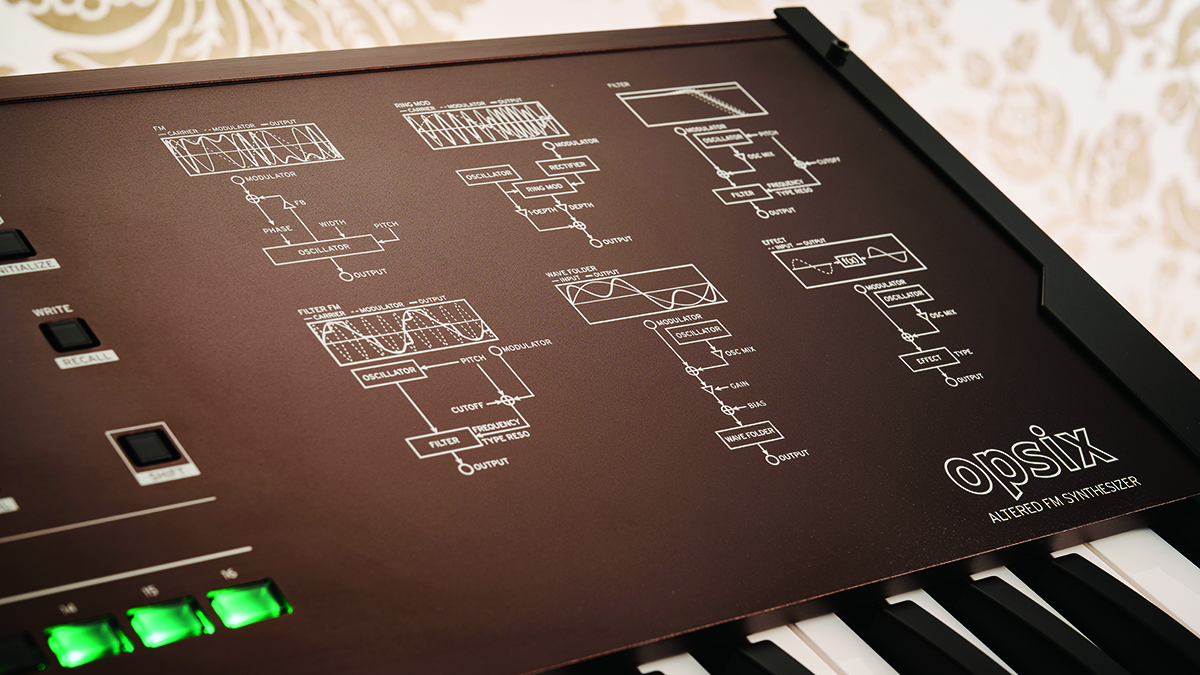
Korg Opsix SE and Wavestate SE: Verdict
Both these machines are by no means essential upgrades to the original versions of the Opsix and Wavestate MK2. It’s always nice to have options, but it’s true that many people, especially those with small studios who already own channel aftertouch-equipped MIDI keyboard controllers, would rather have seen keyboardless desktop or even rackmountable versions of these. The small screen/wasted real estate issue also divides opinion – a larger, more usable display would no doubt have gone a long way towards justifying the SE’s inflated price tag.
The target audience for the SE synths will be somewhat niche, but then that’s what the ‘Special Edition’ label is all about. They’re great synths, each with their own strengths – the Opsix SE is the closest thing you’ll find to a latter-day DX7, while the Wavestate SE, with its staggering 5000 possible modulation destinations and four-layer architecture, can produce evolving textures and patterns that no other synth is capable of. But at many times the price of their siblings for channel aftertouch, an increased voice count and a hard case, are the SE’s worth the extra outlay over the regular versions, which are powerful machines in their own right?
MusicRadar verdict: The Opsix SE is the closest you’ll get to a modern DX7, but not an essential upgrade compared to the impressive original. Meanwhile, the extra voices and keyboard are great on the Wavestate SE, but possibly not enough to justify the inflated price.
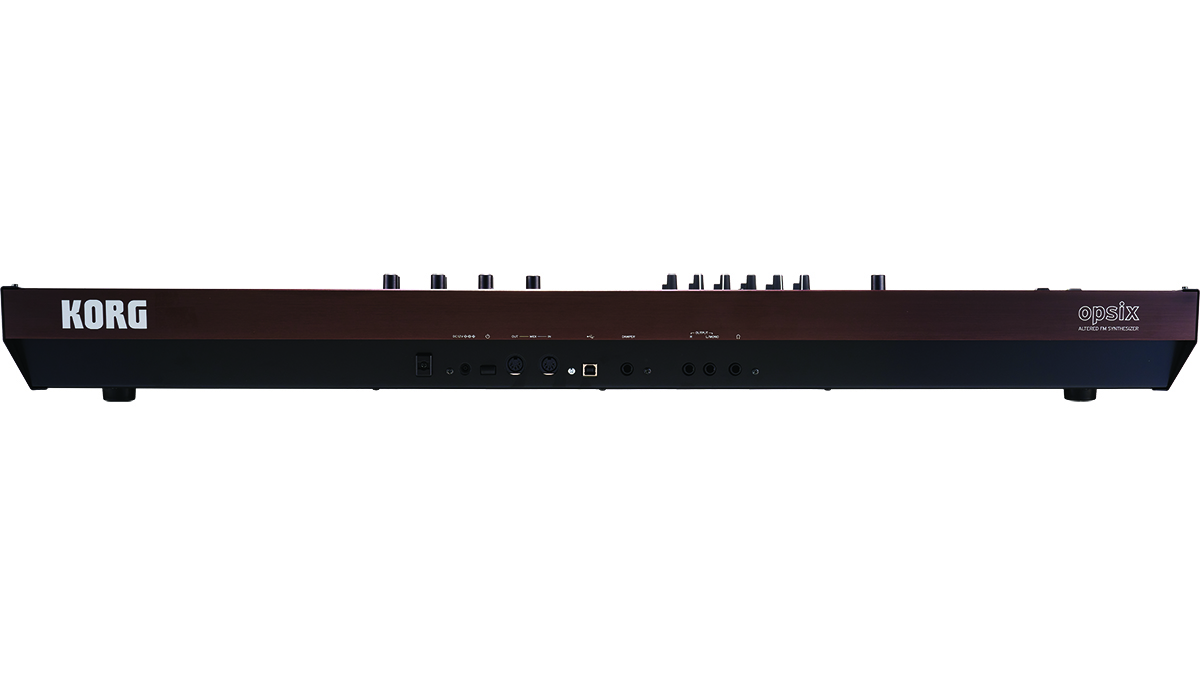
Korg Opsix SE and Wavestate SE: Hands-on demos
Korg
Mannys Music
BoBeats
Noisegate
Korg Opsix SE and Wavestate SE: Specifications
- I/O: Audio outputs: L/mono, R (6.3mm TRS phone jack, balanced), 5-pin MIDI in/out, USB Type B.
- Keys: 61-key synth-action velocity-sensitive keybed with channel aftertouch.
- Weight: 8.4kg.
- Dimensions: 1014 x 344 x 110mm.
- PRICE: $1929/£1899/€2099 (standard finish), $1999/£2099/€2199 (platinum finish)
- CONTACT: Korg
Dave has been making music with computers since 1988 and his engineering, programming and keyboard-playing has featured on recordings by artists including George Michael, Kylie and Gary Barlow. A music technology writer since 2007, he’s Computer Music’s long-serving songwriting and music theory columnist, iCreate magazine’s resident Logic Pro expert and a regular contributor to MusicRadar and Attack Magazine. He also lectures on synthesis at Leeds Conservatoire of Music and is the author of Avid Pro Tools Basics.
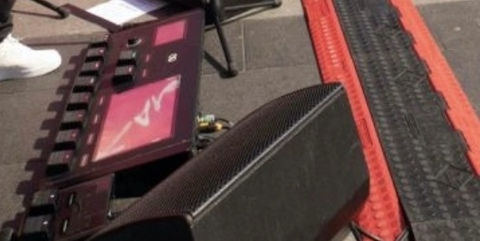
Is this our first sighting of Ed Sheeran's top-secret new Looper X, as he continues his global busking jaunt?
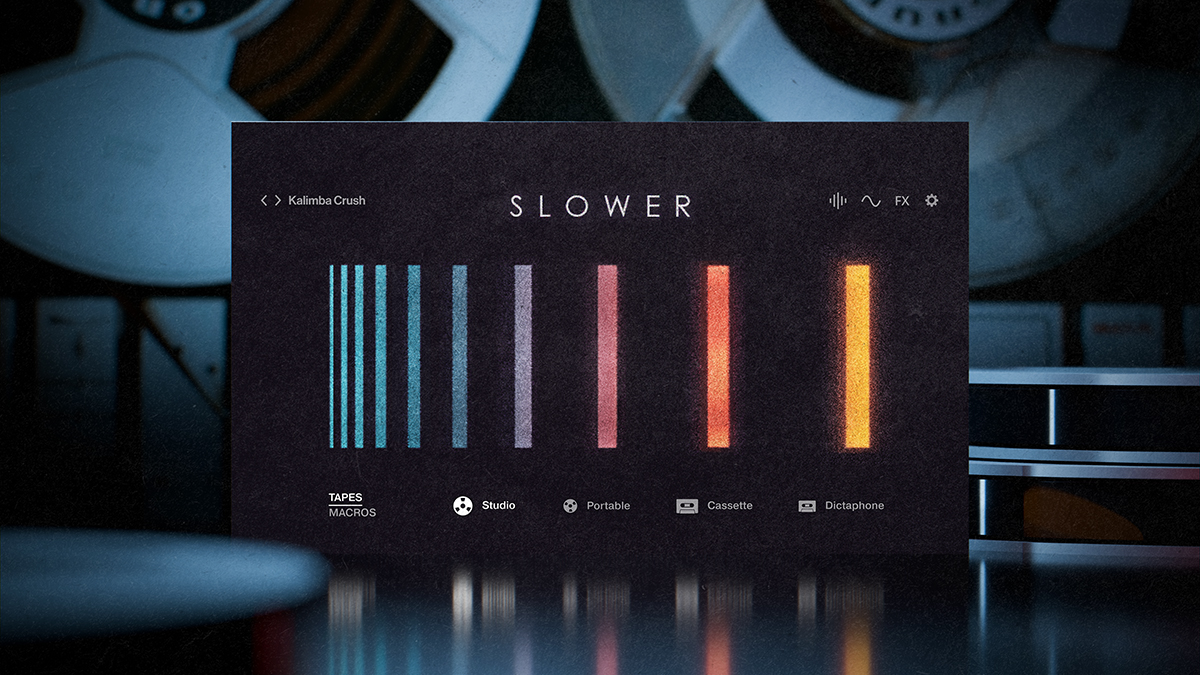
e-instruments’ Slower is the laidback software instrument that could put your music on the fast track to success

“I like guitars that don’t just appeal to metal players”: Jackson and Bring Me The Horizon’s Lee Malia team up for the Pro Series LM-87, a shreddable Surfcaster-style electric with a humbucker/P-90 pairing











